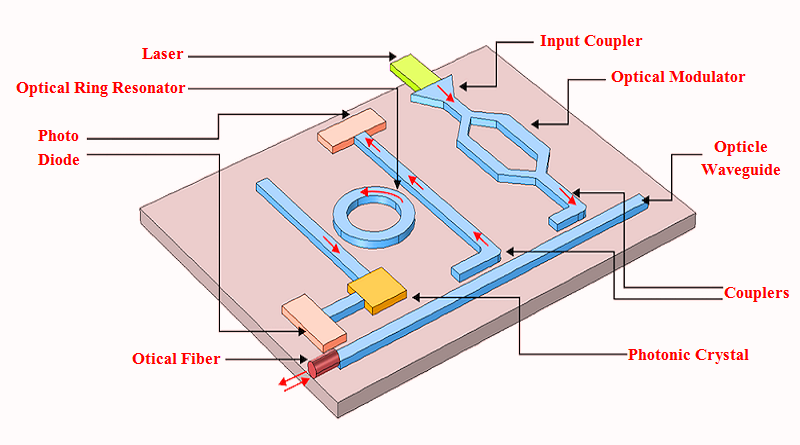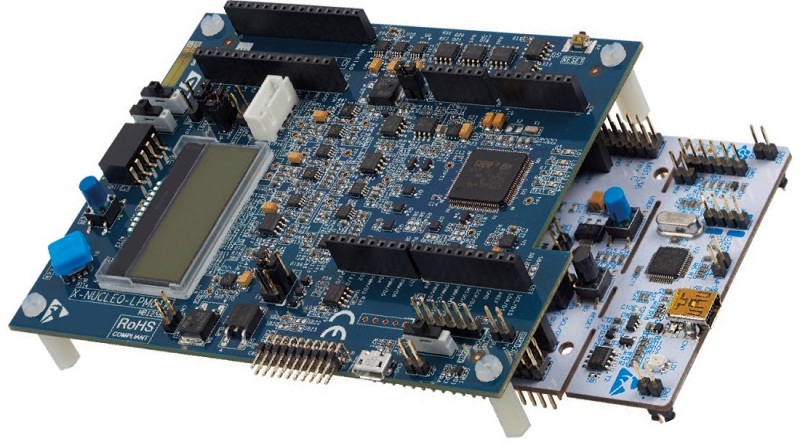Silicon Photonics Integration With 2D Materials Can Shake, System Integration, silicon carbide:
Silicon Photonics Integration
Researchers at the Massachusetts Institute of Technology (MIT) have developed a manufacturing method for Silicon Photonics Integration with molybdenum diethylamide (MoTe2) into layers to create a single device that acts as a photovoltaic diode and a photodetector.
This work can have a significant impact in the field of Silicon Photonics. Which has become the leading architect of embedded optical chips? This popularity is partly due to the promise that many components, such as the waveguide, couplers, interference meter, and fans, can integrate into one day directly into silicon-based processors.
This recent MIT study could pave the way for this level of Silicon Photonics Integration. As it represents the first time that a light source powered by a 2D material. 2D Material has been integrating into a passive silicon crystal optical waveguide, according to researchers.
Compared to traditional light sources, such as semiconductor III-V, which are often wire together in optical circuits. The MoTe2 integration with silicon produces devices with much smaller footprints. It also raises the possibility that low-power direct-modulated sources in one location.
2D Materials
While other 2D materials such as molybdenum disulfide and tungsten disciplined in combination with silicon have been used in this way. This work represents the first time that the MoTe2 mono-layer or dual-layer electrode diode is manufactured.
This difference with respect to other 2D materials is important because, unlike these other materials, MoTe2 wavelengths fall outside the silicon absorption range. This leads to loss of silicon absorption and greatly reduced. All these 2D materials belong to a class of materials known as the transition metal dichalcogenides (TMDs). When these materials are extracted from their huge state up to two dimensions, they acquire interesting new properties. Among them, there is an indirect bandwidth of a direct range. In the case of molybdenum ditelluride, this band gap is directly about ~ 1 Volts. This means that light material interaction in the 2D material is very strong and that the material itself is a good filter for light emission and photon detection.
Due to the density of small electrons in 2D states, it is possible to use electricity gates to control doping levels or holes in the material. In a study published in the journal Nature Nanotechnology, MIT researchers made two separate metal gates to exploit this new possibility. We create a MoTe2 monolayer (or bipolar) PN junction where the electrons and holes can combine to emit light or to separate to form a stream. Because the PN posts intersect as an LED or a photoreceptor, said Yaqing Bie, a postdoctoral fellow. At the Massachusetts Institute of Technology and co-author of the document.
In the last step, Bie and his colleagues linked the bi-link layer of MoTe2 and the silicon crystal optical waveguide. In this way, the light emitted from the LED may pass through the waveguide to another location. And the N junction can also detect the light from the waveguide.
Silicon Photonics Integration With 2D Materials
The combination of the two-dimensional layers and the silicon substrate is smaller than those optical devices based on traditional III-V laser binding to the platelets. In addition, these light source units and 2D detection can improve the communication speed of optical devices. Although Bie acknowledged that engineers need to take some additional steps before this technology can use commercially. Their potential in commercial applications is attractive.
One area that looks promising is high-speed data connectivity. In this case, by combining the light source with the integrated modulators. It will be possible to increase optical coupling efficiency, which is efficient optical power transmission between two optical components. It also allows waveform multiplexing, where signals are sent at multiple wavelengths separated by the same fiberglass. “We are trying to improve the efficiency of the light source and the efficiency of coupling through the integration of nanocavities. And the integrated circuits with transmitters, transducers, waveguides, and detectors are also one of the plans.
Also, See Latest Technology





